We recently connected with Michelle Waters and have shared our conversation below.
Michelle, thanks for joining us, excited to have you contributing your stories and insights. What’s been the most meaningful project you’ve worked on?
I have an ongoing body of work about endangered wildlife which I’ve been working on for 20+ years. Using my art to educate and advocate against the extinction crisis is my calling. The most meaningful work I’ve done is a series of paintings about climate change and its effect on wild animals. I’m gratified that this body of work has been widely exhibited, and four of these pieces will be in a group exhibit of ecofeminist women artists at TAG Gallery in Los Angeles this fall.
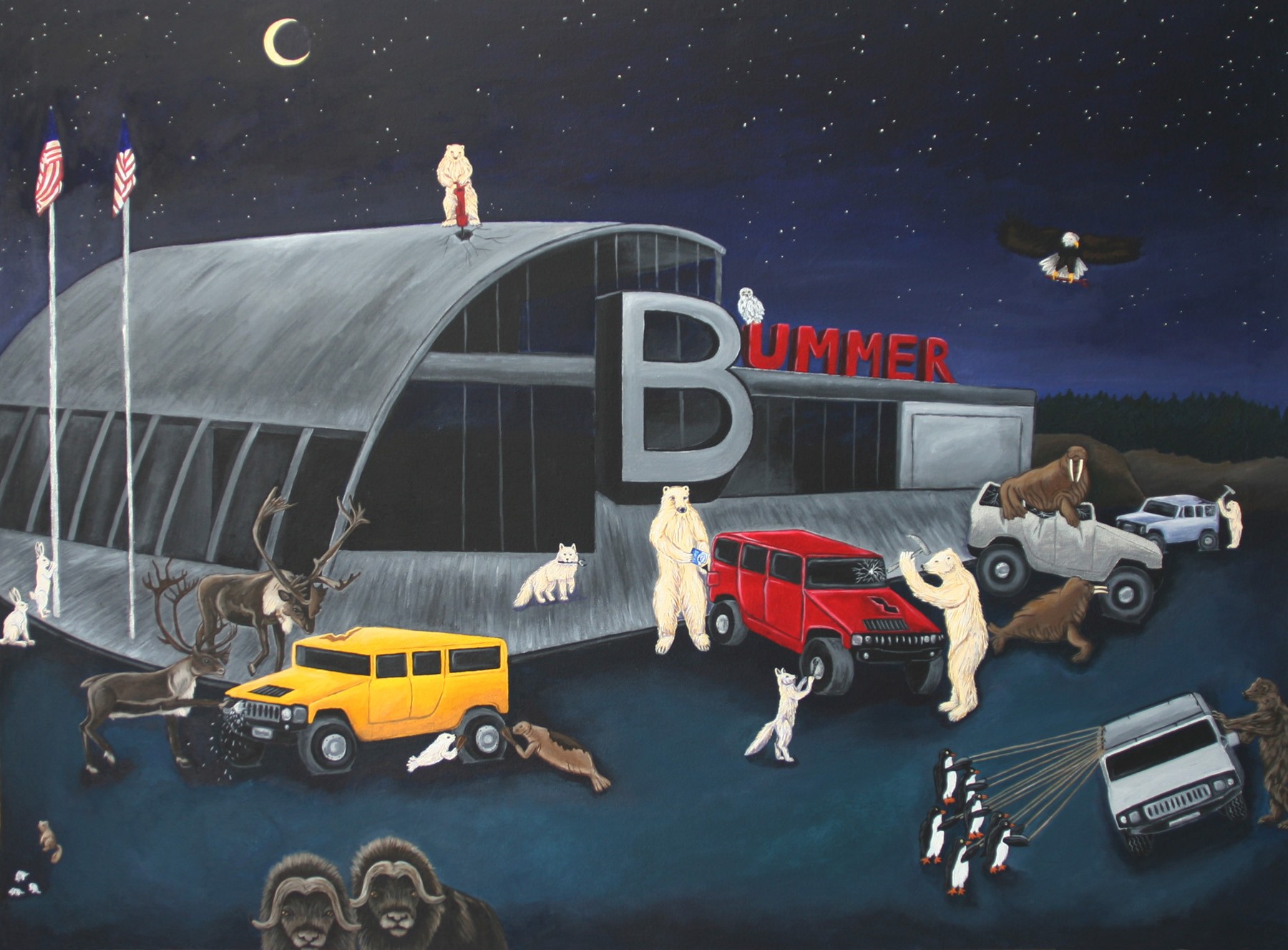

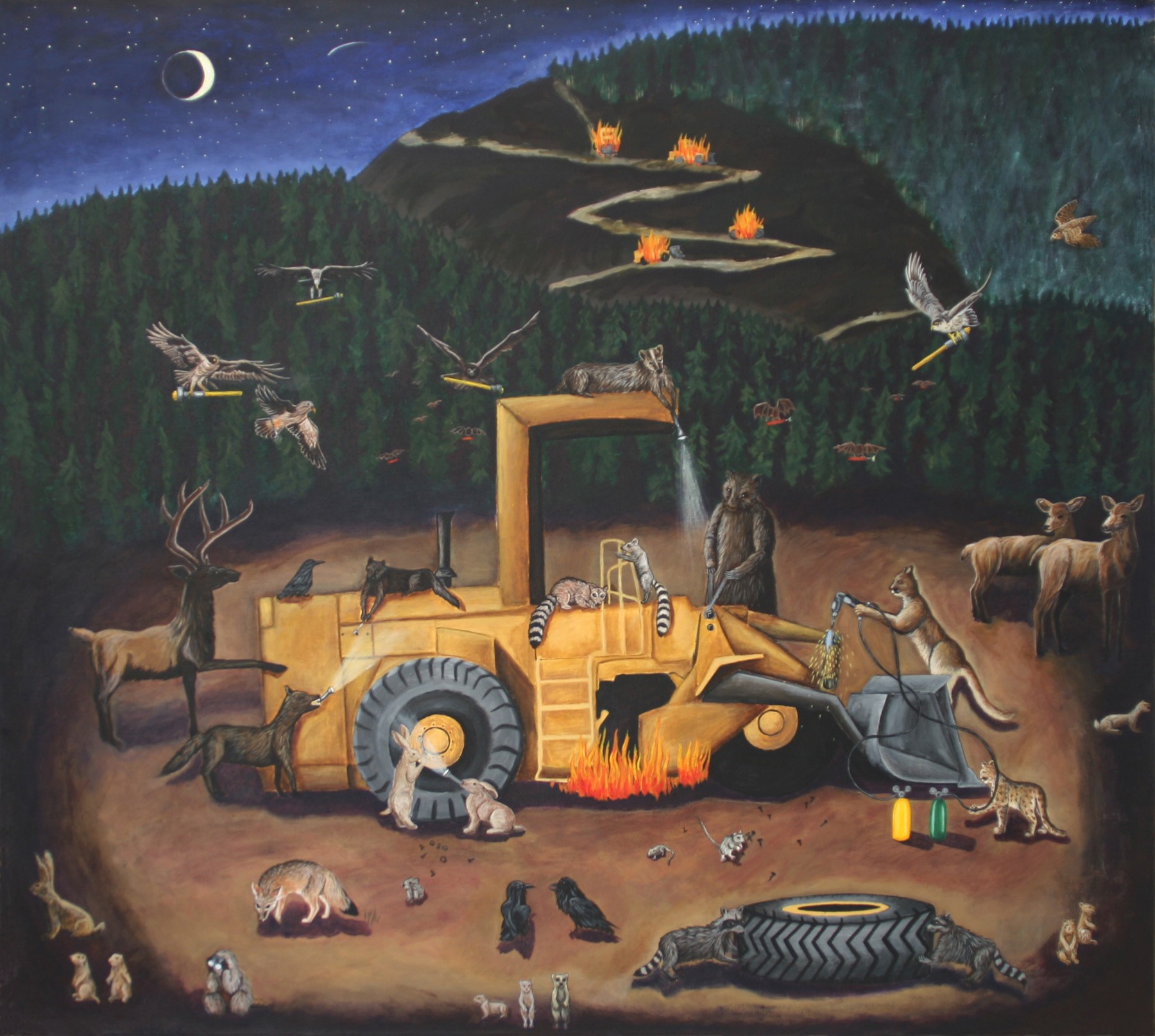

Awesome – so before we get into the rest of our questions, can you briefly introduce yourself to our readers.
I’m a painter focusing on animals, mostly endangered wildlife. I graduated from the University of California, Santa Cruz in the 80s with an art degree, and have been exhibiting professionally since 1987. My art expresses concern for the loss of the natural world and human exploitation of animals, and is influenced by my environmental and animal rights activism and volunteer work in wildlife rehabilitation and cat rescue.
My current paintings are a response to the sixth mass extinction which we humans are causing. In the last 50 years, 2/3 of all wild animals have been wiped off the face of the Earth due to human overpopulation and overconsumption. That is a staggering statistic, and I feel my job as an artist is both to bear witness to the extinction crisis and help educate people about what is happening, and the animals we stand to lose forever.
I’m represented by Cactus Gallery in Los Angeles, and have shown my work widely in the U.S. I’m a member of two international art collectives: Hinge Artist Collective, and the Art of Compassion Project. In addition to my gallery work, I also do commissioned art, mostly pet portraits.
I paint in my home studio in the redwood forest of the Santa Cruz Mountains in Northern California, where the wildlife and trees are sources of inspiration, even as this bioregion is experiencing massive ecological changes from climate change.
What can society do to ensure an environment that’s helpful to artists and creatives?
Because of cuts to funding arts in the public schools, I think the general public has become much less literate about visual art in particular. I went to public school in the 70s and 80s, and while arts funding has always been an issue we had art classes then, which is not the case in a large percentage of public schools now. We need to understand that the arts are not optional, and are a vital part of human expression and communication. Multiple studies show that art education helps foster empathy and emotional awareness, and I know in my case my art studies as a teenager especially helped me with depression and anxiety. Art saves lives, and helps us to be open to new experiences. I think we’d have a healthier society if we restored arts funding to public schools so that all children can experience the joy and self-esteem that comes from creativity.
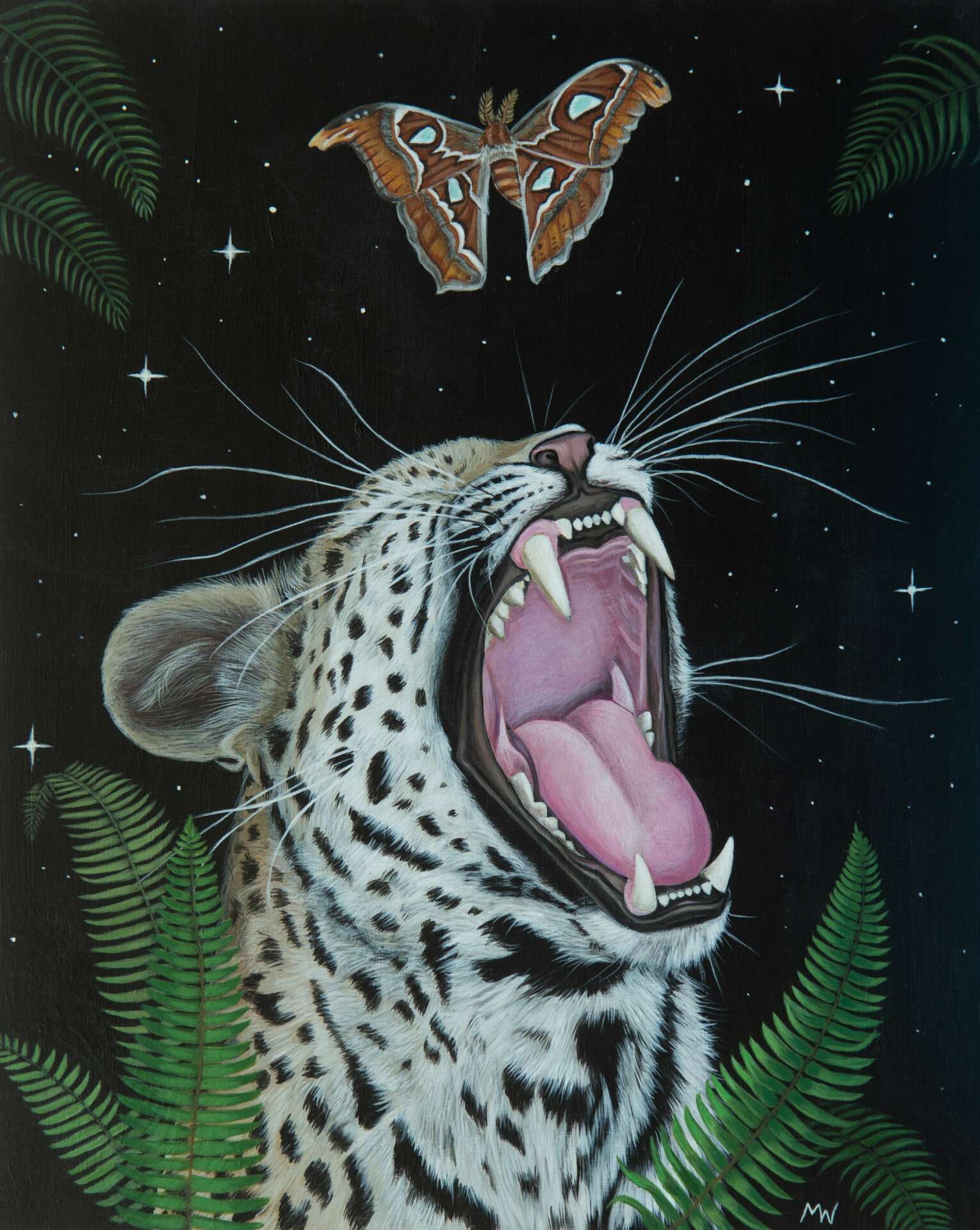
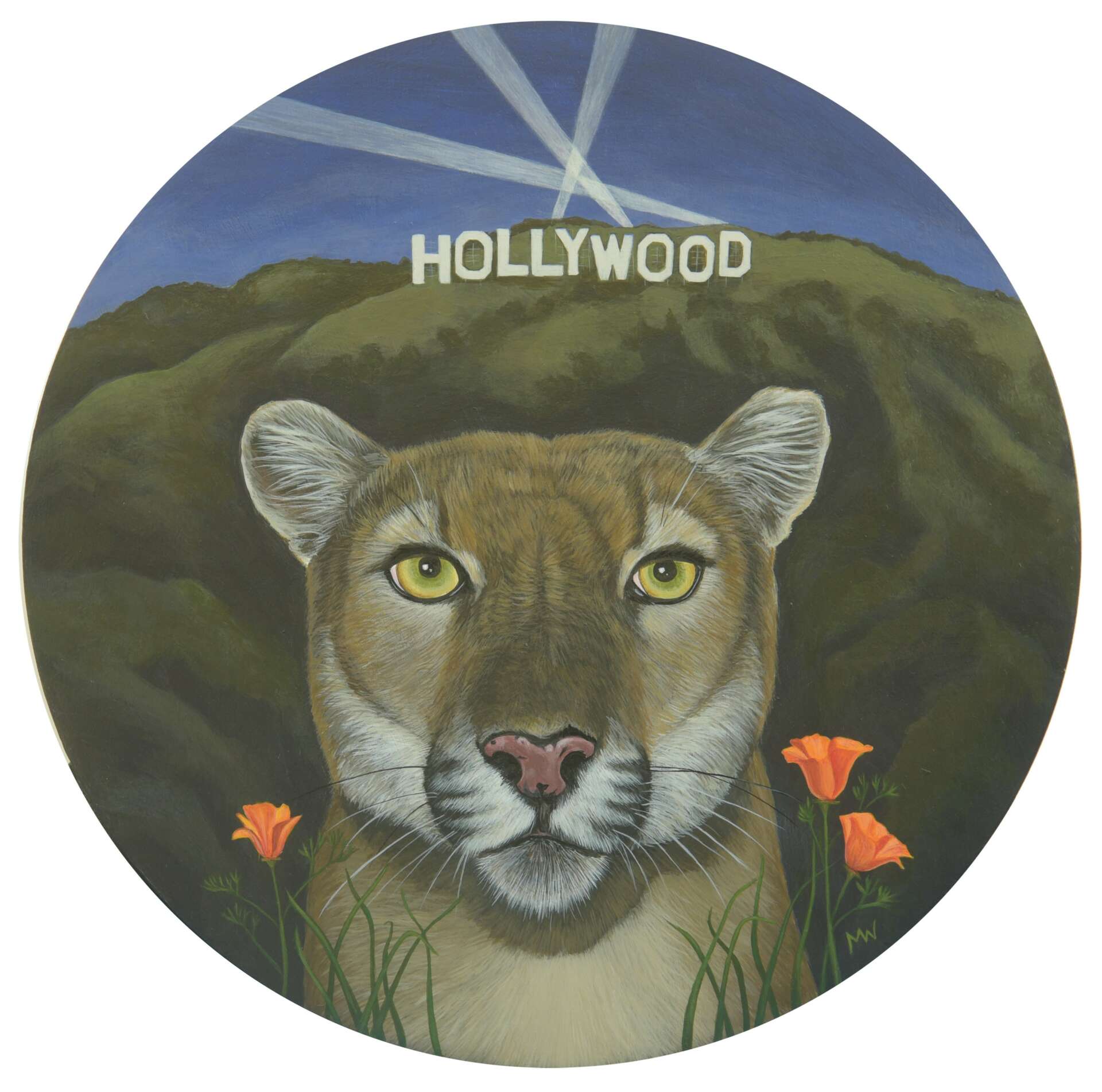
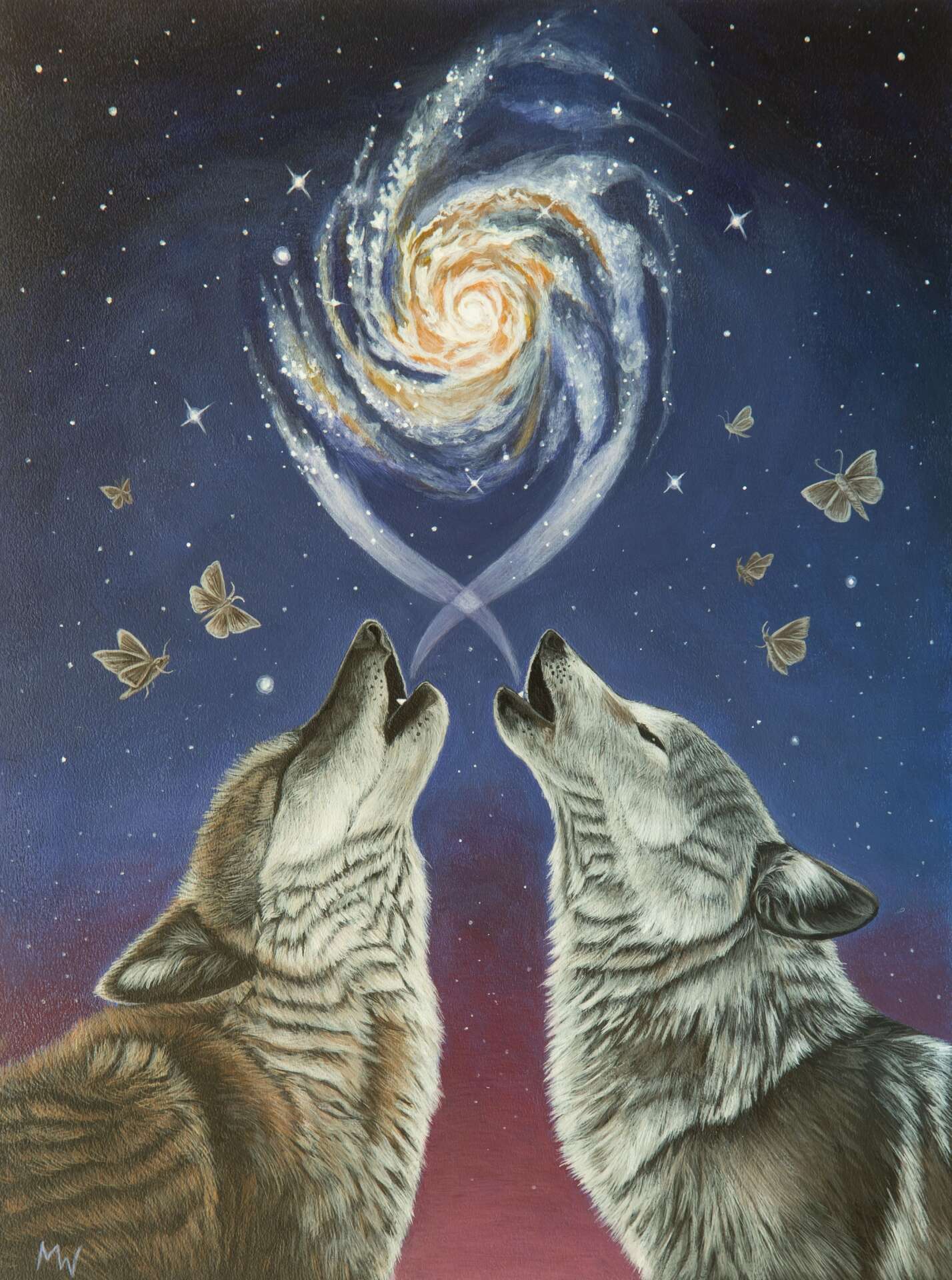
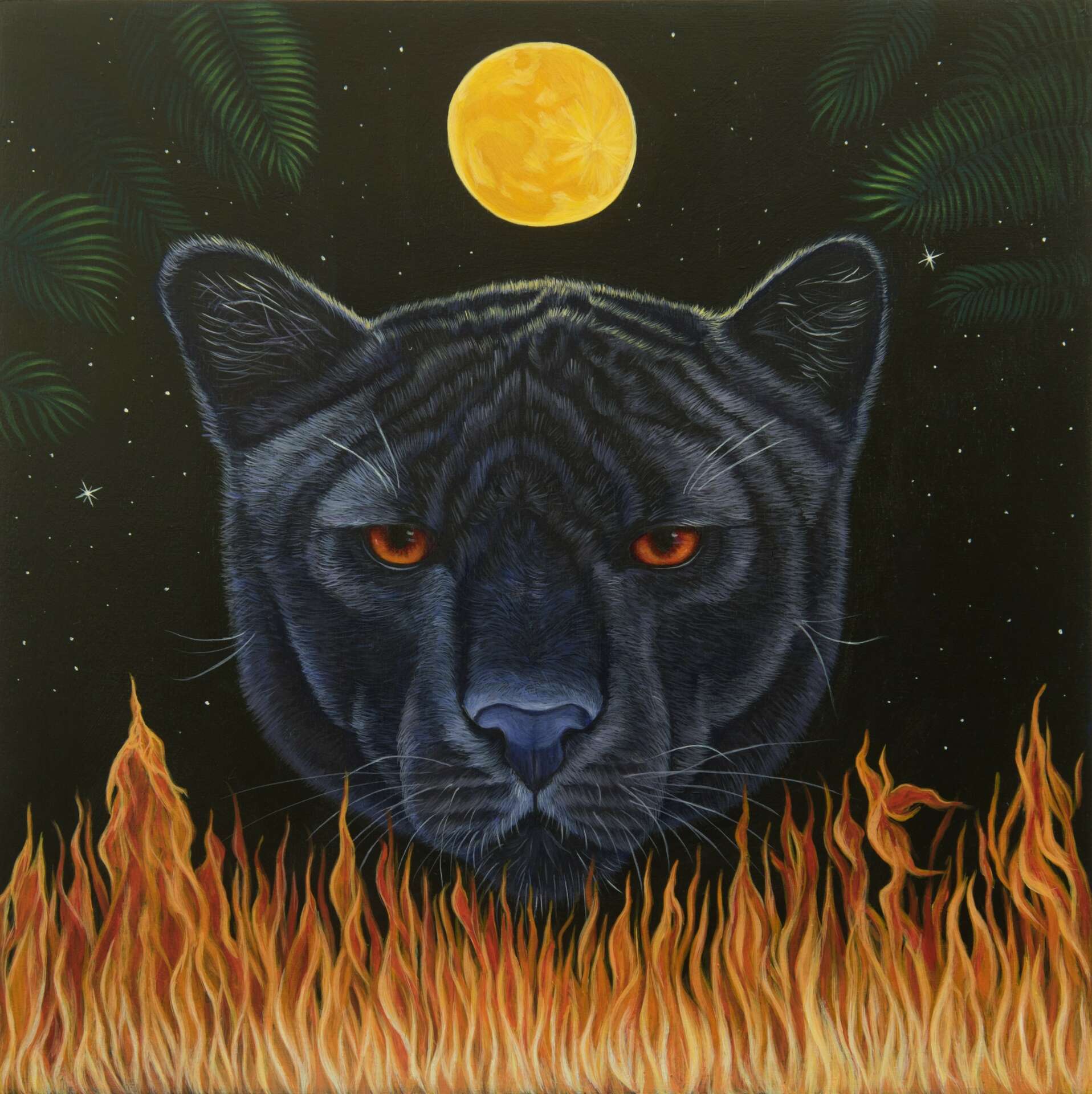
What do you think is the goal or mission that drives your creative journey?
Humans aren’t the only species on Earth, but we sure act like it a lot of the time. My mission with my art has always been to defend animals, and stand up against human supremacy against nature. We are animals too, and our lives are dependent on the natural world that we are quickly destroying. I believe that visual images can be a powerful tool for changing hearts and minds, and that it’s my responsibility as an artist to use my art to speak against injustice. My art is cultural resistance to ecocide.
Contact Info:
- Website: https://www.michellewatersart.com
- Instagram: https://www.instagram.com/michellewatersart/
- Facebook: https://www.facebook.com/michellesanimalart
- Youtube: https://www.youtube.com/channel/UC98-1zqCi-9lmS1YY3O3IuQ
Image Credits
Peter Golcher


